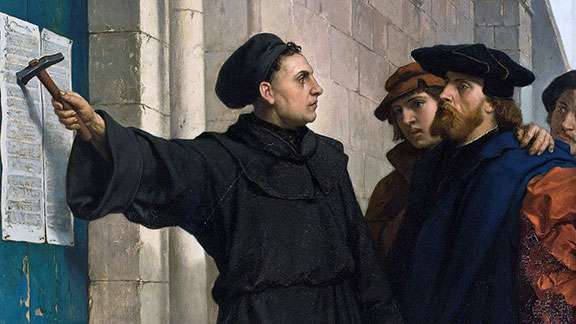Media and Belief
Soon after the NY Times ran a story exposing Louis C.K. for exposing himself, Louis C.K. wrote, “At the time, I said to myself that what I did was O.K. because I never showed a woman my d— without asking first, which is also true. But what I learned later in life, too late, is that when you have power over another person, asking them to look at your d— isn’t a question. It’s a predicament for them.”
Predicament. Exactly.

Louis C.K.
Louis C.K.’s harshest critics suggest he has used his comedic art to cover up for his compulsions. His stand-up act features physical comedy, some of it sexually self-abasing. In his act, Louis C.K. discusses his lower digestive challenges. He discusses his family. Art at its best provides representations and dramatizations of human wholeness which includes human imperfection. If Louis C.K. played himself on stage, I doubt he sought to “play” his audience. His admission concludes: “I have spent my long and lucky career talking and saying anything I want. I will now step back and take a long time to listen. Thank you for reading.”
Holistic statement.
As I write this, Louis C.K. finds himself censored, while Alabama Senatorial candidate Roy Moore seems lifted by supporters, one of whom characterizes the then 32-year-old District Attorney Moore’s allegedly alleged disrobing of a 14-year-old girl as consistent with biblical standards concerning adult on teen behavior. Alabama State auditor Jim Ziegler suggests that Mary, Mother of Jesus, was a teenager when the adult carpenter Joseph married her.
The Gospel of Luke, tells how Mary, a virgin of unspecified chronological age, conceived the Son of God who was born in a stable because Mary and her betrothed, Joseph, could find no room at the inn. Ancient texts often describe problems and solutions in terms of deities, demons and miracles. Important cultural nuances, slang and troubling contextual specifics probably wouldn’t have survived multiple translations. And, issues fought over today were fought over long ago. What if Mary, discovering that she was pregnant and not understanding how it happened, assumed her baby was a miracle from God? It’s possible.

Martin Luthor
In any event, Mary’s virginity and significance has fueled open controversy among the scholars, theologians and clergy who have been pushing against each other since the Reformation.
October 2017 marked the 500-year anniversary of Martin Luther’s famous nailing of his 95 Theses to the Wittenberg Cathedral door, an image that while powerful, likely reflects fake news. Anniversary coverage in the New Yorker reported that Luther himself said he sent his Theses to his local archbishop. Then, he translated the bible into German from its early Greek and Hebrew translations. Luther’s thinking broke from what the Church taught. Luther came to believe that salvation was from faith alone and then, likely following his translation work, that salvation occurred by faith and scripture alone.
Gutenberg’s printing press facilitated both Luther’s ideological evolution and the Protestant Reformation by making Luther’s Bible available to people who could both learn to read and begin to interpret for themselves what they had read. 500 year ago, the printed word was cutting edge, just as instantaneous short blast news stories and opinion tweets are now our norm. Until very recently, the images and stories any media offered, ancient texts included, were created by men. Women’s experiences and perspectives have long been left off the page.

Alabama Senatorial candidate Roy Moore
I believe it was from a male high school English teacher that I first heard that in much literature, women symbolize one aspect of the natural wilderness that men are taught to subdue. We were reading “The Scarlet Letter.” Later, in college literature courses, I heard the same notion expressed differently; canon literature reflected gender-biased orthodoxy where women, less muscular, designed for childbearing and seeking hearth and home, must certainly be virtuous if compliant but in need of taming when seeking autonomy and/or respect.
Either representation harms women.
In a recent USA Today interview, writer Aaron Sorkin said he refused to write a steamy sex scene for the movie “Malice.” He’d been told, ‘Look, it’s easy, just go back to your hotel and write what you’d like to see Nicole Kidman do.” It is relatively recently that feminism has started to influence the narrative, news and imagery which shapes how people think. All books and film teach someone something, but, cognitively, vision provides the brain with the most information in the shortest time. What we think about affects us, and the connections between the imagery we see and how we see our world starts in the minds of those who craft cultural and situational narratives stemming from their own worldview.
Peace on Earth.










